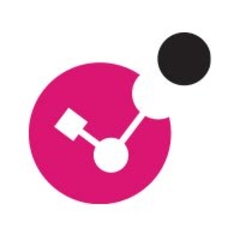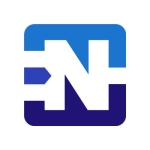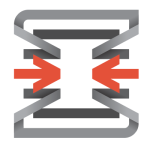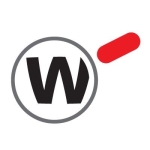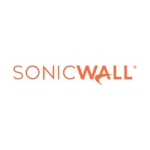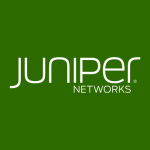Mostly enterprise customers use it for their system security as their main firewall. For example, some customers have multiple backup connections, including fiber connections, for redundancy.
They use Check Point as the main firewall, and others use it for email scanning and file scanning to detect any vulnerabilities.
The firewall scanning, like antivirus scanning and malware scanning, are very good. Blocking the user is also very easy. If you want to block a user, we can just do it within the solution.
The reporting is quite easy and good, and you can see traffic in real-time. But compared to Sophos, Sophos is still better. There are still areas in Check Point that need to be improved.
It's actually quite good, but the only problem we faced was during COVID when people wanted to work from home.
We had to use third-party software to give users access because the Check Point option didn't work as expected. So we used Check Point in the front, but we used third-party software for the virtualization of the applications and everything.
When using redundant connections, sometimes there are issues like one connection going down and switching to another connection. Also, breaking rules can be complicated.
For example, if you want to make a rule for a specific connection, like assigning some users to one ISP and other users to another ISP, you have to use another device, like a third-party firewall intervention and routing, to get the desired results. Other than that, it's good performance-wise.
I've been working with Check Point for the past six or seven years. We always work with the latest version.
It's very stable. No issues there.
Our clients have raised questions to technical support. They all have accounts, so we give them the login details. They send an email to support and get a support request. But normally, we try to handle everything on our own.
If there's something we can't handle, like a firmware-level issue, only then do we get support from Check Point.
It depends on the client requirements also. Some government agencies need Check Point, and some clients need others like Cisco or Sophos. After Cisco, a lot of clients have changed to Sophos. So, we provide solutions depending on the client's requirements.
The initial setup is straightforward, just like any other normal firewall.
The deployment process depends on the client. For example, if it's an existing customer with an existing firewall, we first see what their current requirements are from the existing firewall, what they need to implement but cannot, or what challenges they are having.
Then we compare the features of the existing firewall and Check Point firewall, and we tell them what the rules will be, like incoming and outbound rules. We try to see what is the fastest way, without any downtime, how we can point or configure the checkpoint.
Then, after that, we do the testing, because almost all of the offices need that. So, normally, once we set it up, we give them one month for testing. Normally, for a better line or something, we just use a certain IT department or a sub-department for testing. After that, if it's okay, we hand it over.
In a nutshell:
Requirement Analysis → Feature Comparison → Rule Definition → Testing and Validation → Phased Rollout → Client Acceptance
Normally, for a site, more or less, less than one month. It depends on the number of users. If there are a very large number of users, like 600,000, then it will take around one month or more.
Normally, we have two technicians working. One is from the Philippines, trained in Sophos and Check Point. We don't need many more staff for the implementation.
It's very easy. Only the licensing. Every year, we have to pay, but sometimes clients talk about the cost. Also, very recently, there was a ransomware issue. The only issue is, for example, if it's ransomware, and it doesn't get detected by Check Point and gets infected from another source, we have to prove that it's not from the outside but from the inside. Because there are a lot of case scenarios like this, those are the things mostly.
- Integration capabilities:
Integration is a little bit challenging. It's much easier for integration with other applications and domains. When integrating with a domain, there are still some small issues. For example, when applying a group from the domain controller, we sometimes need to test a firewall and do some reporting. There are small issues like that for the integration of LDAP. Other than that, it's good. It can pull up the users and groups, but there are some minor issues when we apply them.
Compared to Sophos and others, Check Point pricing is good for the current market.
In terms of features, Check Point and other firewalls are almost the same. There are no special or advanced features.
I can recommend it to other people. Overall, I would rate it a seven out of ten.

